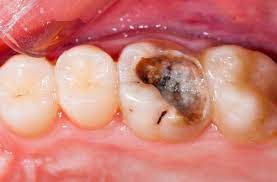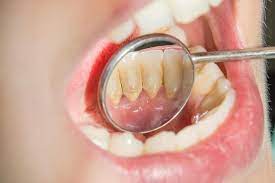
Regular dental check-ups ensure that any potential dental concerns are identified early on and treated before they can turn into painful, time consuming and often expensive medical problems that may require treatment or surgery.
For a nice beautiful smile, it is better to see a local cosmetic dentist in pune. If you are living in Pune visit in our dental clinic.
At your check-up the dentist will examine for any gum disease, cavities and broken fillings which, if left untreated, can result in root canals, gum surgery and removal of teeth. The Dentist will curb the build-up of plaque and clean the teeth and gums to a healthy level. Many people who do not attend a Dentist regularly suffer from bad breath which can be attributed to a dental problem.
You should visit your dentist every six months unless you are experiencing any pain, discomfort or sensitivity around your teeth or gums, when you should attend straightaway. At your first visit to a dentist, they will ask about your medical history, allergies and any problems so that they can recommend the correct treatment for you.
Tooth decay & Cavities
Tooth decay occurs when everyday food such as bread, cake, milk, cereal etc that is left on the teeth combines with bacteria that live in the mouth to form acid which sticks to teeth. These combined with saliva to form plaque which sticks to the teeth. The acid in the plaque dissolve the enamel on the teeth, creating holes or cavities.
Everybody gets cavities but sugary foods can make them occur more quickly. Gum disease and decay around the edges of fillings can expose teeth to plaque. Most cavities are discovered during routine check ups at the Dentist when the surface of the tooth feels soft or through an X-ray although they may be discovered when you have a toothache or when eating or drinking something hot or cold.
Cavities can be easily treated by a Dentist. This is usually by drilling out the decayed part of the tooth and using a filling of a composite resin, silver alloy, gold or porcelain. Where the tooth decay is particularly extensive and if there is only a small amount of tooth structure remaining, a crown can be used. Again the decayed part of the tooth is drilled out a crown is fitted over the remainder of the tooth. If the tooth has died the centre of the tooth, the nerve and tissue, is removed along with the decayed portions of the tooth. This is known as root canal treatment.
Tooth fractures
Tooth fractures can be caused in many ways, falls, sports injuries, car accidents as well as by chewing hard objects such as ice cubes, nuts and pencils. Sometimes, as in boxing or wrestling, teeth can be knocked totally out of the mouth. In this situation, it is advisable to put cold packs or ice inside the mouth directly above the injured tooth, or outside on the cheeks or lips to keep pain and swelling down prior to getting to a dentist. If someone has significant facial or head injuries they should be taken to hospital. It will be necessary to have an x-ray to determine the extent of a tooth fracture.
Article Source: EzineArticles








